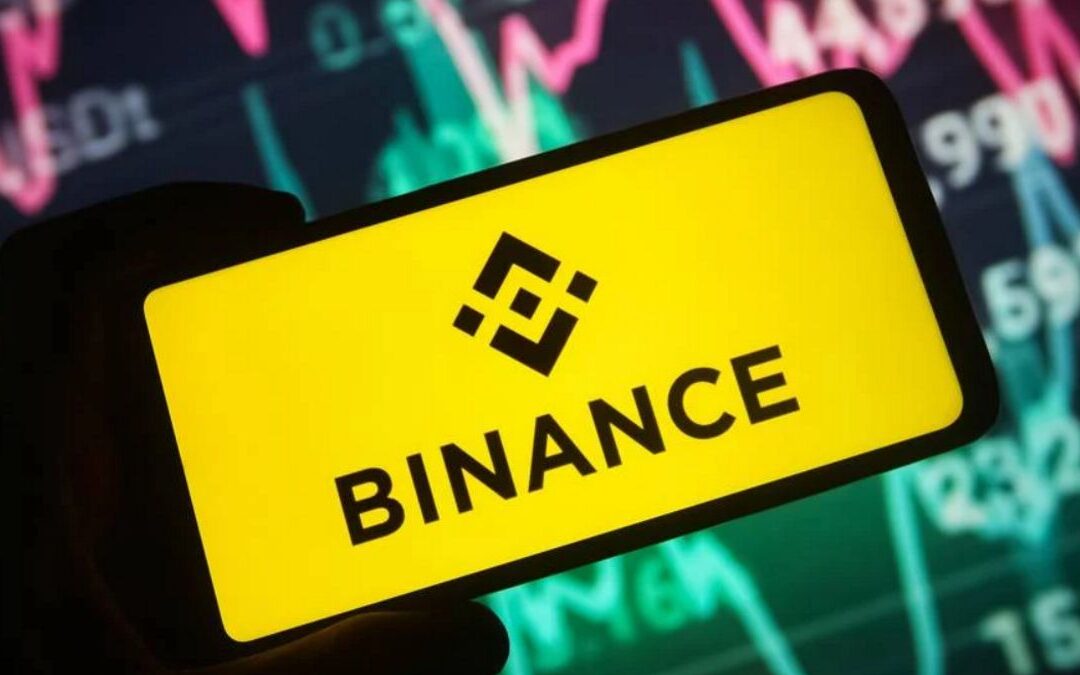Synopsis: Binance faced backlash after Limitless Labs’ CEO accused it of demanding nearly $2.5 million and 9% tokens for listing. Despite Binance’s denials, community distrust deepened.
The crypto world was shaken starting October 14, 2025, when CJ Hetherington, CEO of Limitless Labs, went viral on X with claims against Binance. Hetherington, whose project is funded by Coinbase Ventures and the Base Ecosystem Fund, alleged Binance demanded steep fees for listing his token.
According to his X thread viewed over 2.4 million times, Binance required up to 9% of his project’s total tokens, alongside cash deposits totaling roughly $2.45 million.
His accusations painted Binance as prioritizing profits over fostering innovation. The controversy ignited fierce debate among crypto communities and media, with Binance and its CEO, Changpeng Zhao (CZ), vehemently denying the claims and defending their listing practices.
Details of the Allegations
Hetherington’s thread laid out Binance’s supposed demands for a token listing on their spot market. These included an immediate 1% token airdrop at alpha listing, an additional 3% airdropped over six months, a 1% allocation for marketing controlled by Binance, and 3% designated for the BNB holder program.
Beyond token allocations, the exchange allegedly required security deposits: $250,000 in cash and $2 million in BNB tokens, plus $1 million worth of liquidity provisioning on PancakeSwap.
Altogether, these requirements equated to approximately 9% of the token supply plus $2.45 million in cash, a harsh “Binance tax” as Hetherington called it. He contrasted this with Coinbase’s approach, which is to “build something meaningful on Base” without such fees.
Binance’s & CZ’s Response
Binance swiftly dismissed Hetherington’s claims as false and defamatory, clarifying they do not charge listing fees nor profit from token allocations. The exchange explained all token airdrops go back to users through various campaigns like alpha airdrops, Launchpool, and HODLer rewards.
Deposits are refundable and serve as security against scams or rug pulls, with marketing funds directed towards educational content, not profits. CZ entered the discussion with a firm stance, telling projects to focus on building strong products rather than complaining or paying fees.
He stated competitive exchanges race to list valuable projects for free, referencing Bitcoin’s zero listing fees. CZ labeled Hetherington a “clout-chasing loser,” emphasizing that strong projects don’t beg for listings.
Community and Industry Reaction
The debate spiraled across social media, with mixed sentiments dominating X posts. Many criticized Binance as a “centralized casino” imposing unfair listing taxes that stifle genuine innovation. Some founders claimed similarly high listing costs, citing demands up to 15% of tokens for well-funded projects.
Others defended Binance’s practices as risk management, welcoming fees that help filter scams. The controversy peaked with over 14,000 related posts, reflecting deep division between traders appreciating Binance’s liquidity and developers frustrated by perceived extractive policies.
Meanwhile, Binance announced a $400 million compensation package for recent market crashes, including a $45 million airdrop for memecoin traders, which critics saw as damage control amidst growing mistrust.
Wider Implications for Crypto Exchanges
This uproar is not isolated; other exchanges like Bybit and Kraken reportedly charge high listing fees, sometimes including token percentages and large cash deposits. Such opacity fuels the ongoing call for decentralized exchange (DEX) adoption and more transparent practices.
Binance remains the largest by volume but faces trust challenges that may accelerate outflows after losing $21 billion post-crash. CZ’s message to developers was clear but may alienate innovators who feel exchanges should support, not extract from, emerging projects.
For crypto founders, the key takeaway is to scrutinize listing terms carefully and build strong communities that can negotiate or bypass costly fees. Regulators may also watch these practices closely as listing fees become viewed as burdensome “taxes” on projects.
Written By Fazal Ul Vahab C H

